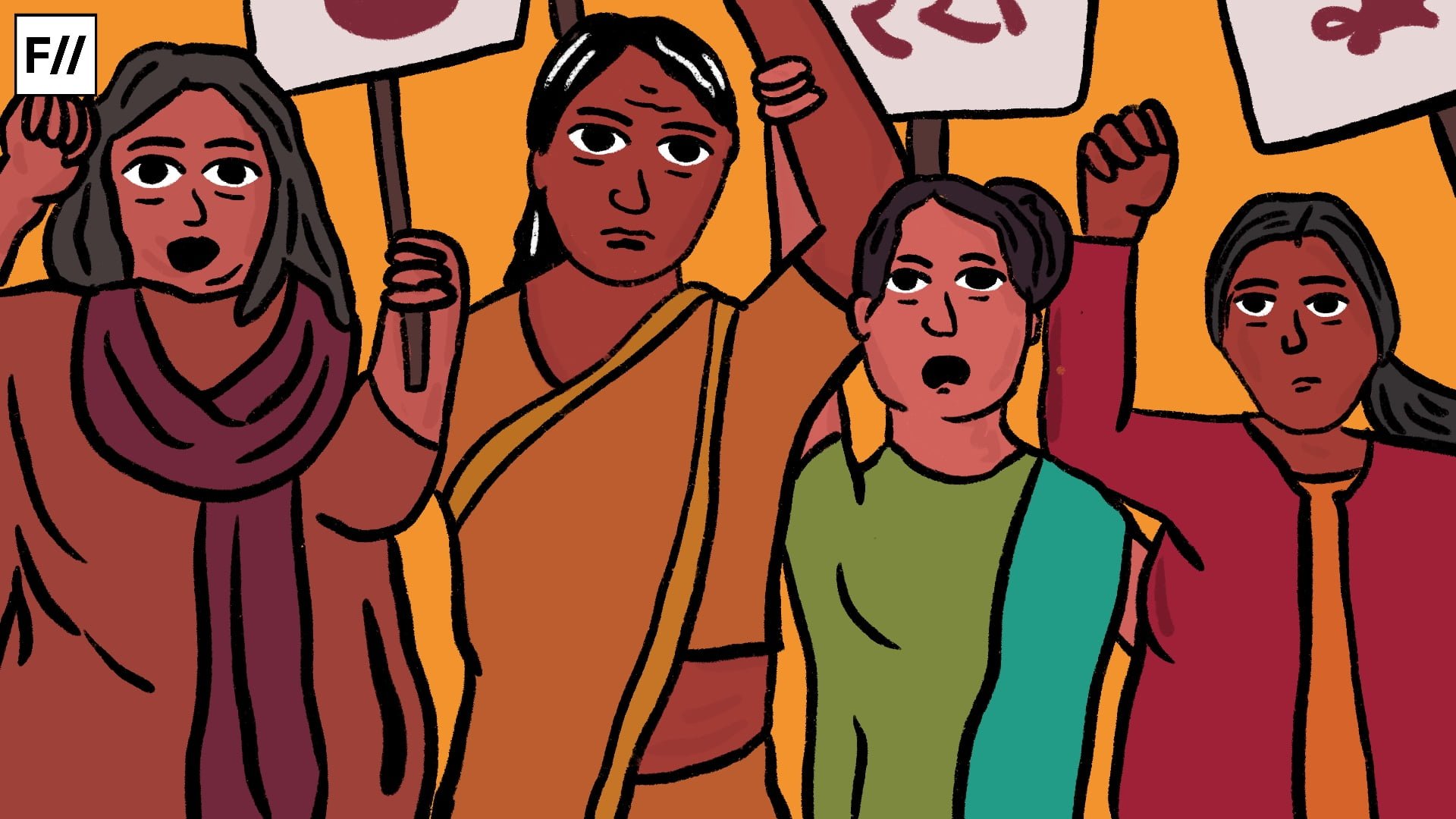Trigger Warning: Gender-Based Violence
The State Women and Child Development Committee has formed a committee to look into cases of Gender Based Violence (GBV) and its link with unnatural death in women. This committee aims to trace the patterns of injury and violence that are found in the cases of female deaths caused by GBV. This committee is supposed to research and assess these cases and help make policies in accordance with it. In Mumbai, civic-run KEM Hospital Parel reported that in many cases, such deaths are reported as “accidents”.
Gender-based violence, especially the ones that are sexual, is often stigmatised to the extent that the victims are discouraged from seeking legal help. Thus, it makes them vulnerable to a more dangerous situation. Many suicide cases can be traced back to such violent living conditions.
The study revealed that gender-based violence is a global pandemic that affects one in every three women. Yet, the intensity of this phenomenon often gets neglected due to several social and political factors influencing these cases. The study highlights how cases of femicide or domestic violence leading to deaths are often shoved under the rag with the pretext of unnatural death. Inadequate research in this area owing to data gaps, and poor investigative structure that is often inhibited through various legal constraints.
In this regard, a collaborative study conducted with Data for Health initiative by Vital Strategies looked at female autopsies done between May 2017 and April 2022 on Accidental Death Reports.

In the study, 840 cases of unnatural deaths came up of which 181 were allegedly the results of gender-based violence. According to ADR, 42 out of them can be traced back to a history of gender-based violence. The study also highlighted that within these 181 GBV cases, 86 were suicides accounting for 47% percent of the whole, 85 were accidents accounting for 47%, and 10 of them were homicides by intimate partners including one’s husband, accounting for a total of 6% of the whole. The study reported that 136 out of 181 of them fell under the age group of 15 to 44, a total of 75%.
Also Read: What Is Gender-Based Violence?: Understanding The Relationship Between Gender & Violence
A dissemination meeting conducted based on these reports was attended by Mangal Prabhat Lodha, Minister of the Women and Child Development Department. A dedicated committee has been formed subsequently which will help in policy making under the leadership of the KEM Hospital Dean.
“Even if the hospital has one suspected GBV case, the committee will look into how to identify and prevent it, so that it should not lead to suicide or homicide,” said Sangeeta Ravat, dean of KEM Hospital regarding this initiative.
She also mentioned that she intends to expand the study by adopting an interdisciplinary approach to it. Police, forensics, politicians, NGOs, and doctors need to work together to bring this initiative to fruition. “We also plan to expand the study by collecting data from other autopsy centres to get a wider perspective on GBV,” Dr Ravat added.

In this regard, Dr Harish Pathak, Head of the Department of Forensic Medicine pointed out that 181 cases out of 1467 cases in which an autopsy was carried out in the last five years in his hospital have a history of gender-based violence. He commented that: “Nearly all (99%) of the deaths due to gender-based violence occurred in homes or private spaces. Two-thirds of these women, who died were married and six out of 10 deaths were perpetrated by husbands or intimate partners. A significant proportion of these unnatural deaths are due to accidents and suicides.”
He lauded the study as a step forward toward mitigating gender-based violence that often goes unreported. “The report underscores the need to ensure that all incidents of gender-based violence and femicide are thoroughly investigated and documented to better understand the underlying social context and factors related to violence,” he said.
The study revealed that gender-based violence is a global pandemic that affects one in every three women. Yet, the intensity of this phenomenon often gets neglected due to several social and political factors influencing these cases. The study highlights how cases of femicide or domestic violence leading to deaths are often shoved under the rag with the pretext of unnatural death. Inadequate research in this area owing to data gaps, and poor investigative structure that is often inhibited through various legal constraints. This study offers a deeper insight and understanding of the social context and the victim-perpetrator relationship that often become a key element in cases of gender-based violence.
Also Read: The Media Has A Huge Urban Bias In Reporting Gender-Based Violence | #GBVinMedia
Dr Nidhi Chaudhary, the principal technical advisor, of the data impact program, Vital Strategies, who participated in the study as part of the technical writing and editing team commented, “though GBVs are happening, they are not identified or categorised as GBV or femicide.”

She also added, “This was a small study but indicative that GBV cases are being missed out. Also, the other learning was related to suicides, which were abetted by GBV as an underline cause. They are again missed out and not reported as GBV or femicide. The study is to look at the data, make it available, and to ensure the data is used for better policy making to prevent GBV.”
According to Dr Harshit Pathak, “ADRs are the first report. We will be trying to find out what happened to the ADRs in the suspected GBVs we found in our study and if it can be probed further. Out of the 181 cases, in 42, we found that either the victim or the relative had given a statement of history of violence. In the rest, there were discrepancies in the pattern of injury circumstances, autopsy findings, and relative statements, which pointed out GBV”.
Also Read: FII Launches The #GBVinMedia Toolkit For Ethical Reportage Of Gender-Based Violence
The study aims to open up a new direction in identifying GBV even when it is not reported or brought under legal purview. The Women and Child Development Department are expected to work closely with this committee and help make policies accordingly. Doctors are expected to trace back these cases to their respective police stations in an attempt to identify suspected cases of GBV. The participants and the undertakers of this study are hopeful that an intuitive approach with a thorough investigation of suspected cases of GBV will bring forward many more unreported cases and make the legal and political arena more vigilant towards it.
About the author(s)
Debabratee (she/they) is a student of English Literature at Jadavpur University. When they are not found reading or writing, they are found running after their pet dog and cuddling with him. They are avid binge-watcher of all kinds of OTT content and like to dissect and analyse them in their free time.




